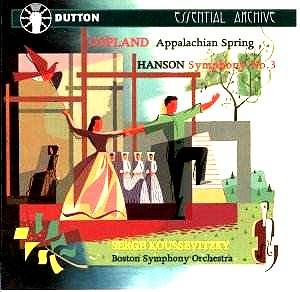 Composer: Carl Nielsen
Composer: Carl Nielsen
Works: Violin Concerto (1911), Violin Concerto by Jean Sibelius (1904)
Performers: Cho-Liang Lin (violin), Philharmonia Orchestra, Swedish Radio Symphony Orchestra
Recording: Recorded in 1988
Label: Sony Classical Theta SMK89748
Carl Nielsen, a pivotal figure in early 20th-century music, crafted a distinctively personal voice that diverges from the Romantic traditions of his contemporaries. His Violin Concerto, composed in 1911, embodies a synthesis of exuberant wit and introspection, reflecting the composer’s turbulent experiences during a period of profound change in Europe. In juxtaposition, Jean Sibelius’s Violin Concerto, completed in 1904, is often seen as a quintessential expression of late Romanticism, with its fiery lyricism and emotional depth. This recording pairs these two monumental works, allowing listeners to explore contrasting yet complementary musical landscapes.
Cho-Liang Lin’s interpretation of the Sibelius Concerto reveals a nuanced understanding of the work’s emotional arc. From the hushed opening, Lin’s tone is both commanding and tender, capturing the fragile beauty of Sibelius’s thematic material. His technical prowess is apparent in the demanding passages, where he navigates the virtuosic demands with a grace that recalls the interpretations of legendary predecessors like Oistrakh and Haendel. However, during the Adagio di molto, Lin’s deliberate pacing verges on excessive, momentarily sacrificing the tension that underpins this central movement. While his vibrato is tastefully controlled, this segment could benefit from a slightly more dynamic interpretation to maintain the emotional intensity that Sibelius’s music demands.
The Nielsen Concerto, less frequently recorded than its Sibelius counterpart, comes across as a delightful revelation in Lin’s hands. Its character, often described as playful and irreverent, flourishes under the attentive guidance of Esa-Pekka Salonen and the Swedish RSO. Lin’s approach in the Rondo is particularly effective; he navigates the shifting rhythms and quirky motifs with a vivacity that brings Nielsen’s humor to life. The orchestra’s support is equally commendable, providing a robust yet transparent backdrop that allows Lin’s voice to shine through. The recording captures the intricate textures of Nielsen’s orchestration, enhancing the work’s lively spirit without overwhelming the soloist.
The engineering and sound quality of this release are praiseworthy, showcasing a clarity that allows each instrumental detail to emerge distinctly. The balance achieved between the soloist and the orchestra is commendable, inviting listeners to engage with both the solo and ensemble contributions. The production team at Sony has ensured that the warmth and richness of Lin’s sound are well represented, resulting in a listening experience that is both refined and immersive.
Lin’s performances, while perhaps not supplanting the esteemed interpretations of Oistrakh, Rozhdestvensky, or Mullova, certainly hold their ground with a refreshing individuality. The interpretive choices made here, particularly in the juxtaposition of Sibelius’s emotional profundity against Nielsen’s spirited whimsy, offer a compelling narrative thread throughout the recording. The thoughtful programming invites both seasoned admirers and newcomers to appreciate the contrasting yet interlinked worlds of these two composers.
This recording stands as a significant contribution to the discography of both concertos. Lin’s interpretations are engaging and thoughtful, making a strong case for the continued exploration of Nielsen’s work alongside the more frequently performed Sibelius. The performances, coupled with the excellent sound engineering, ensure that listeners are treated to a rewarding experience that highlights the strengths of both composers.



